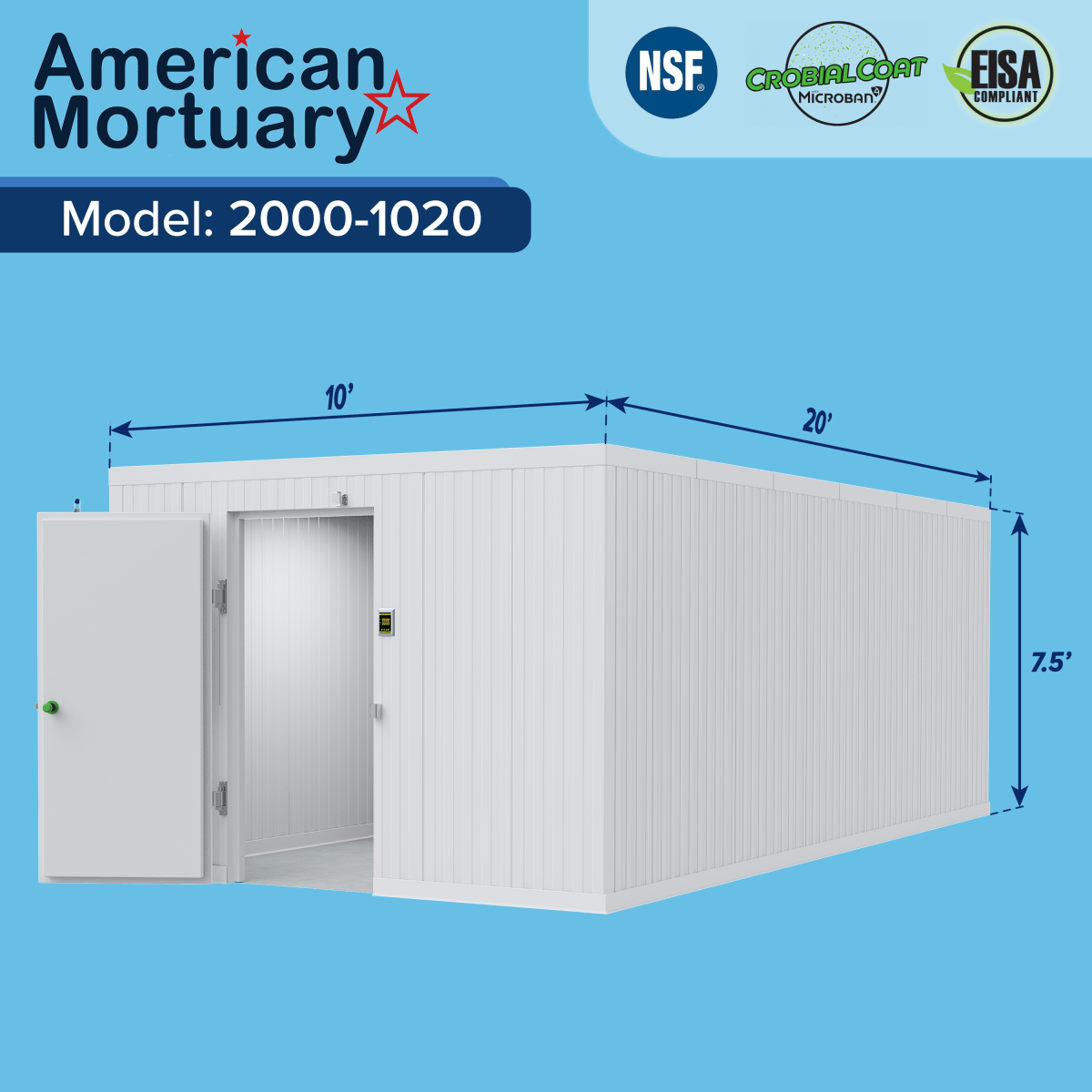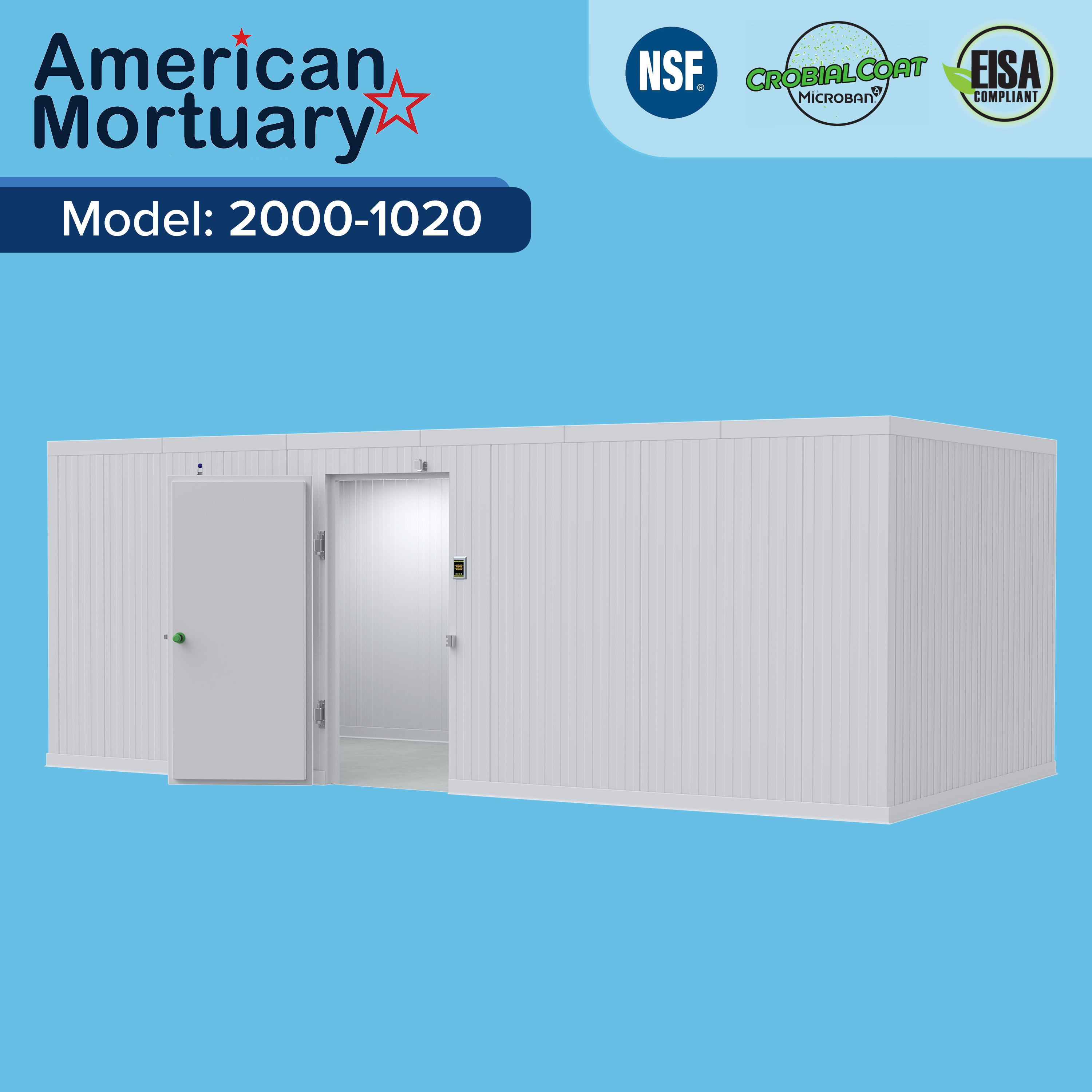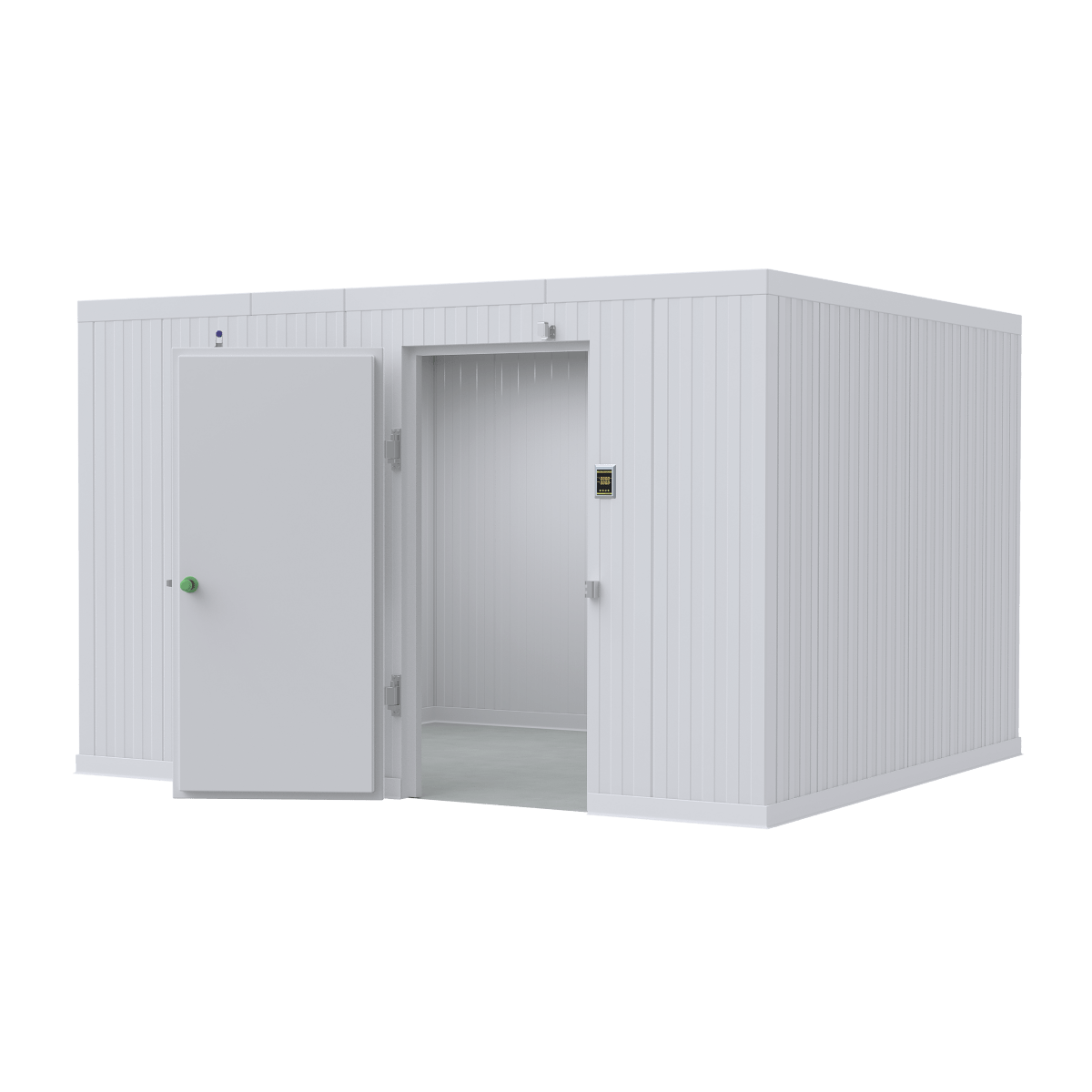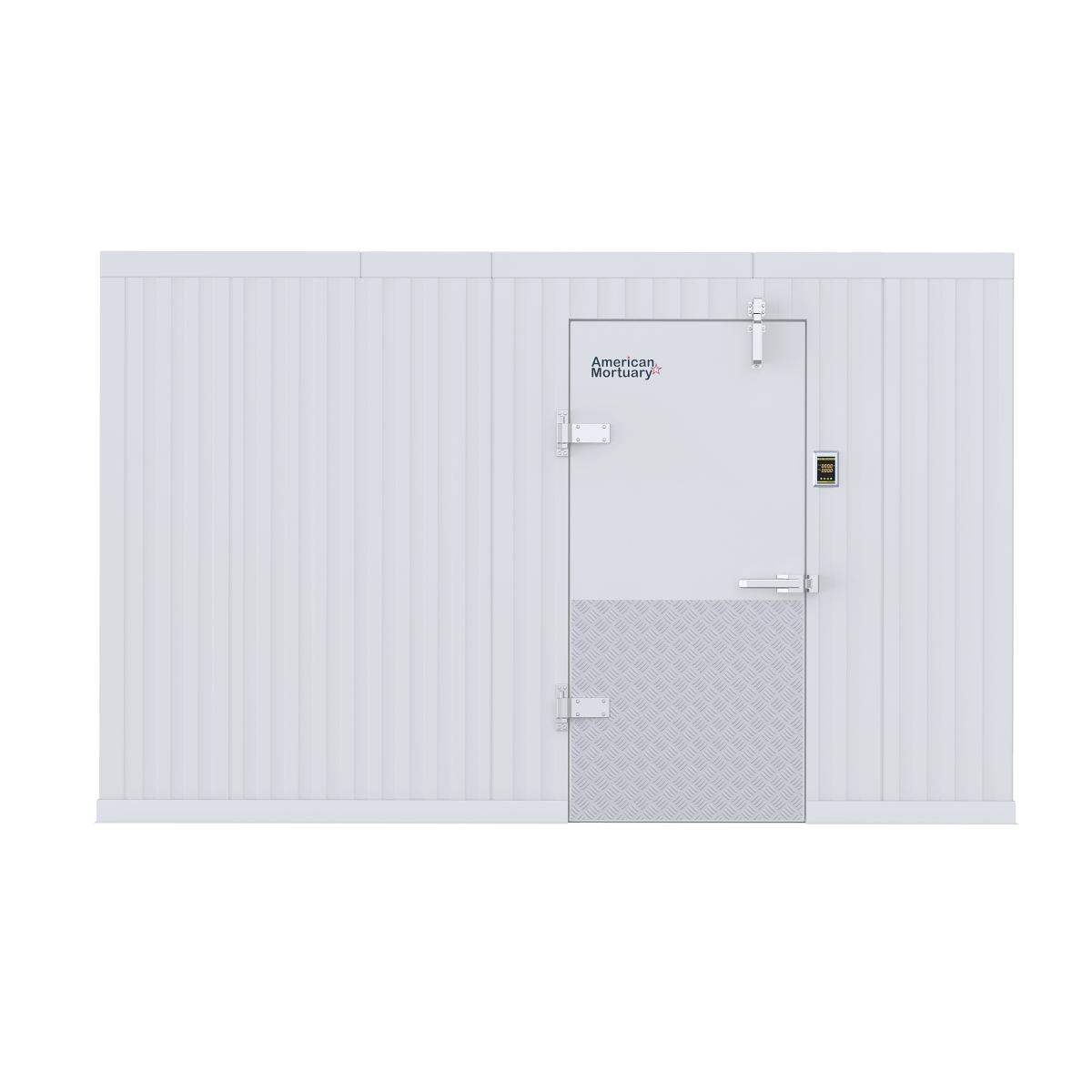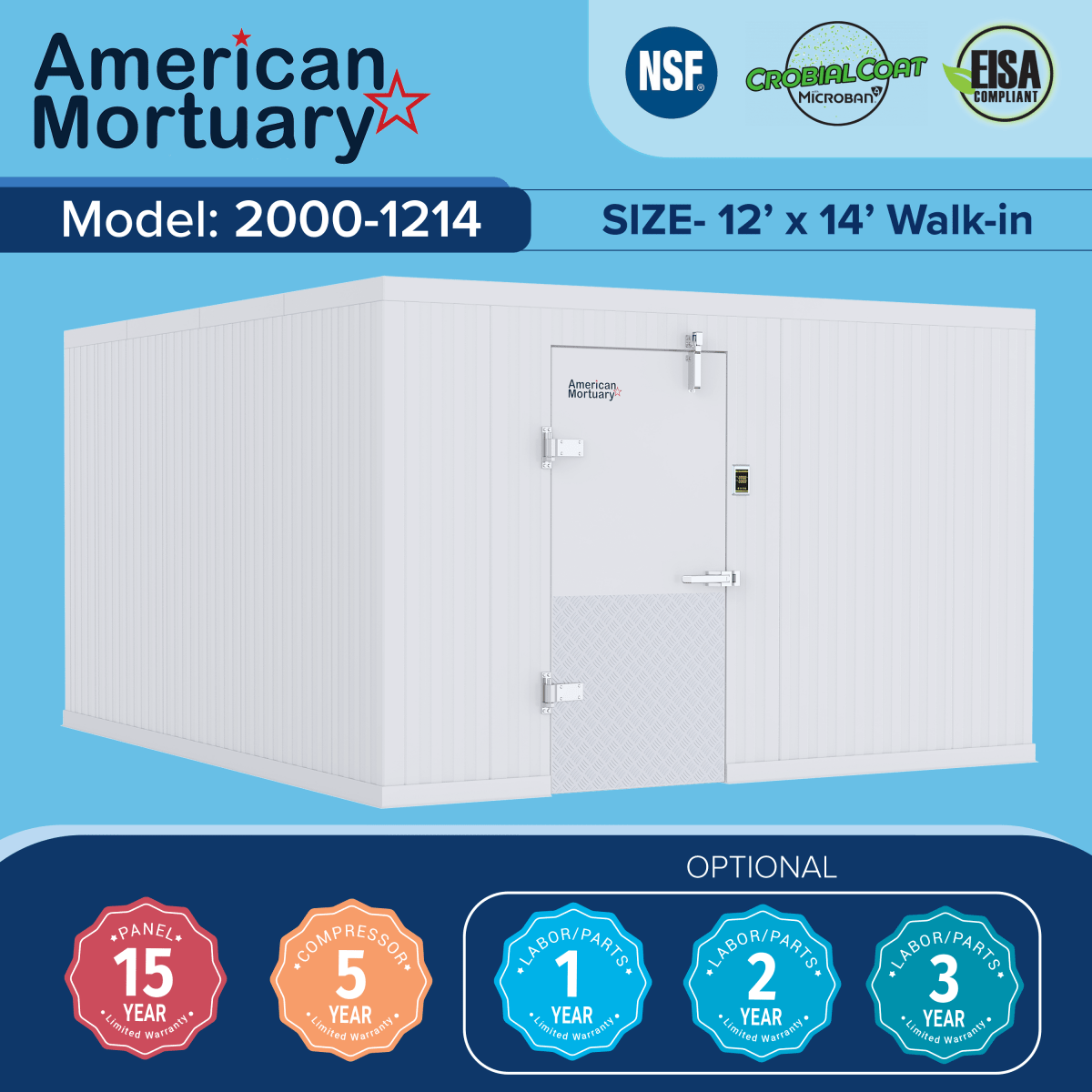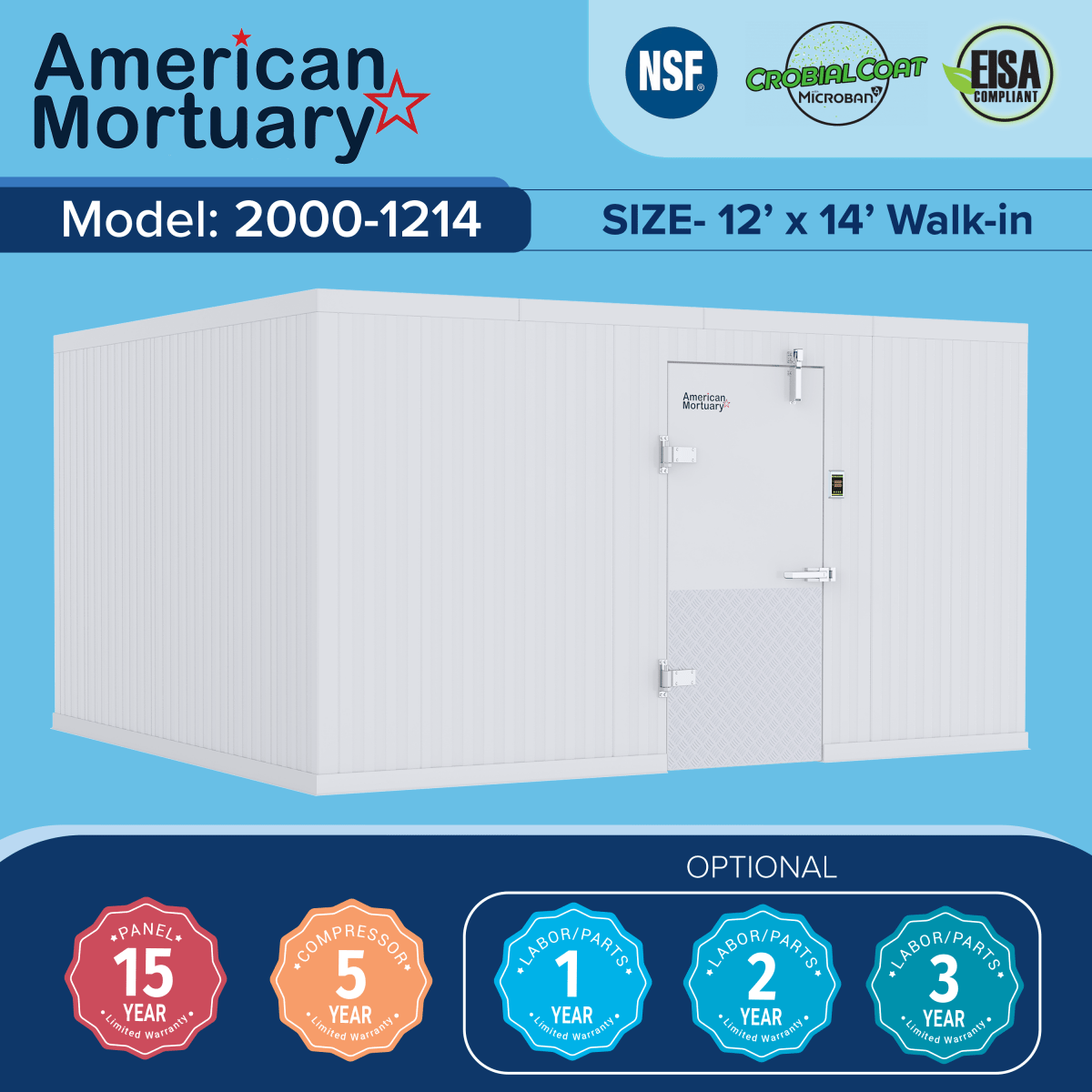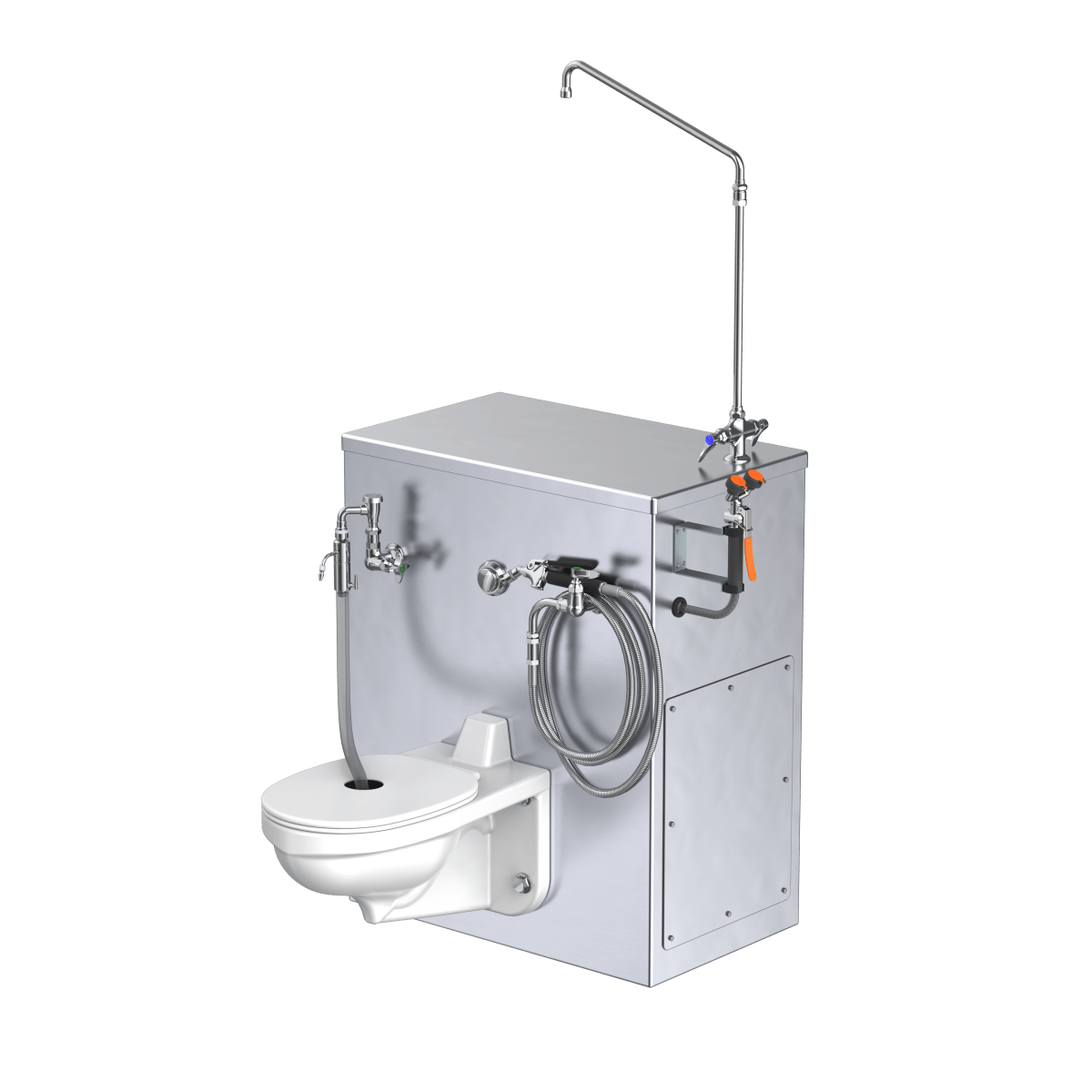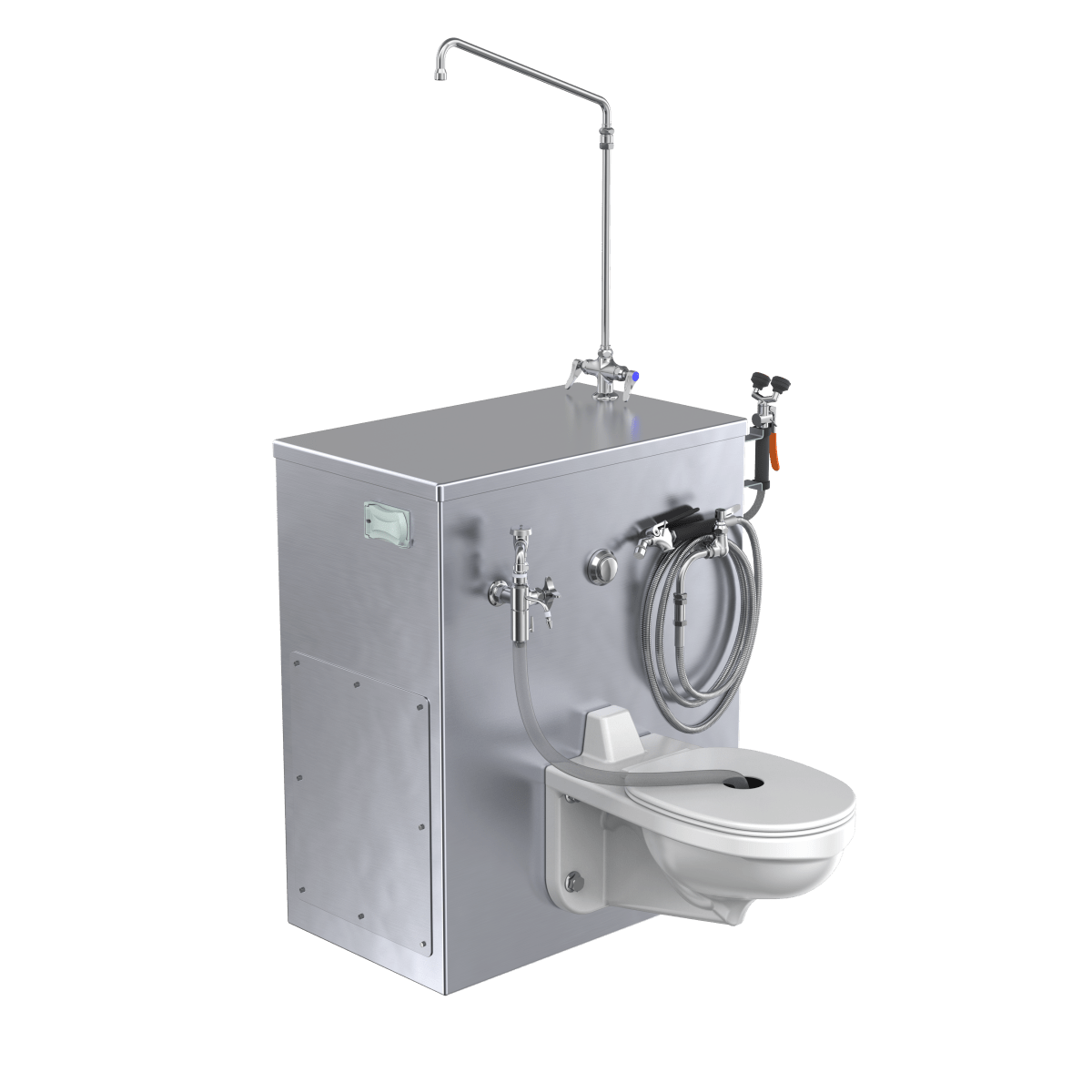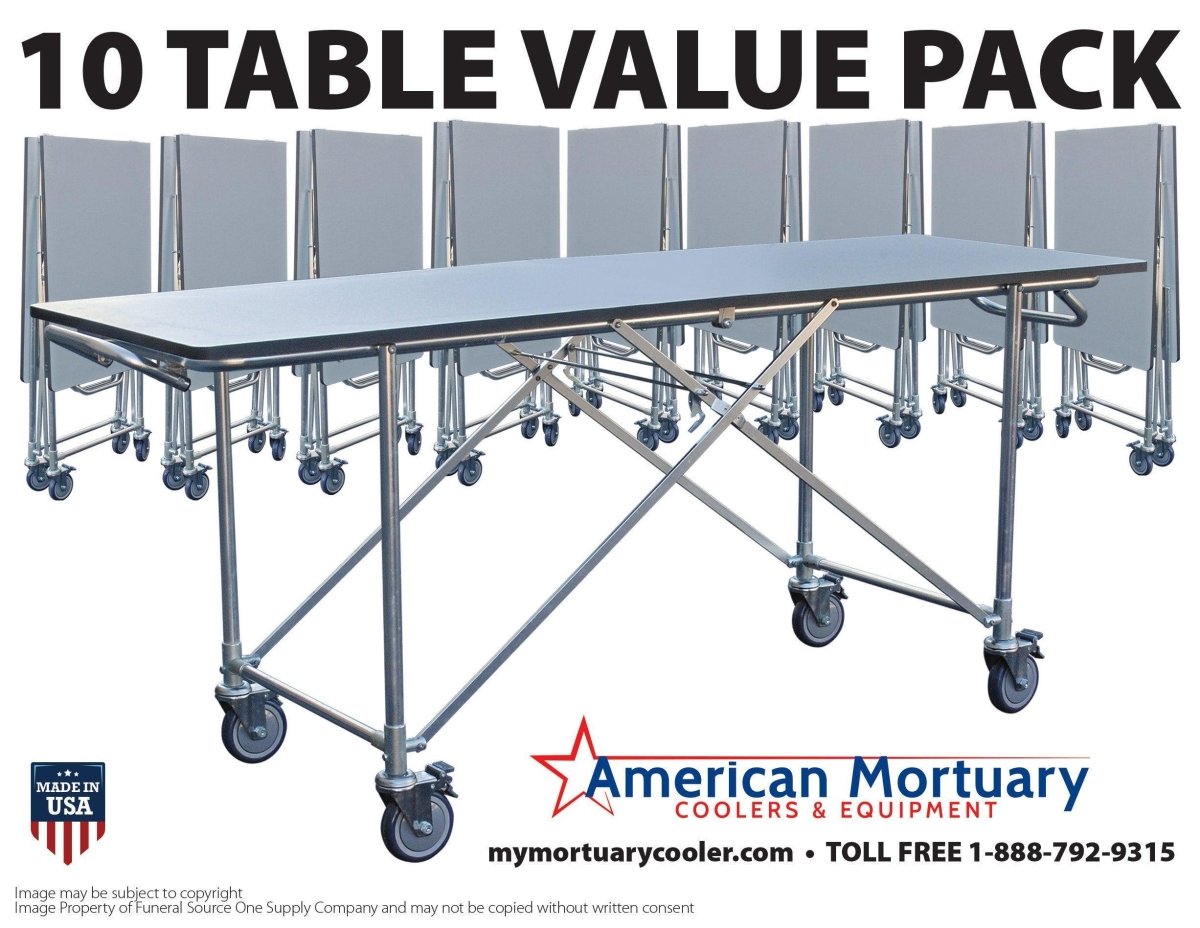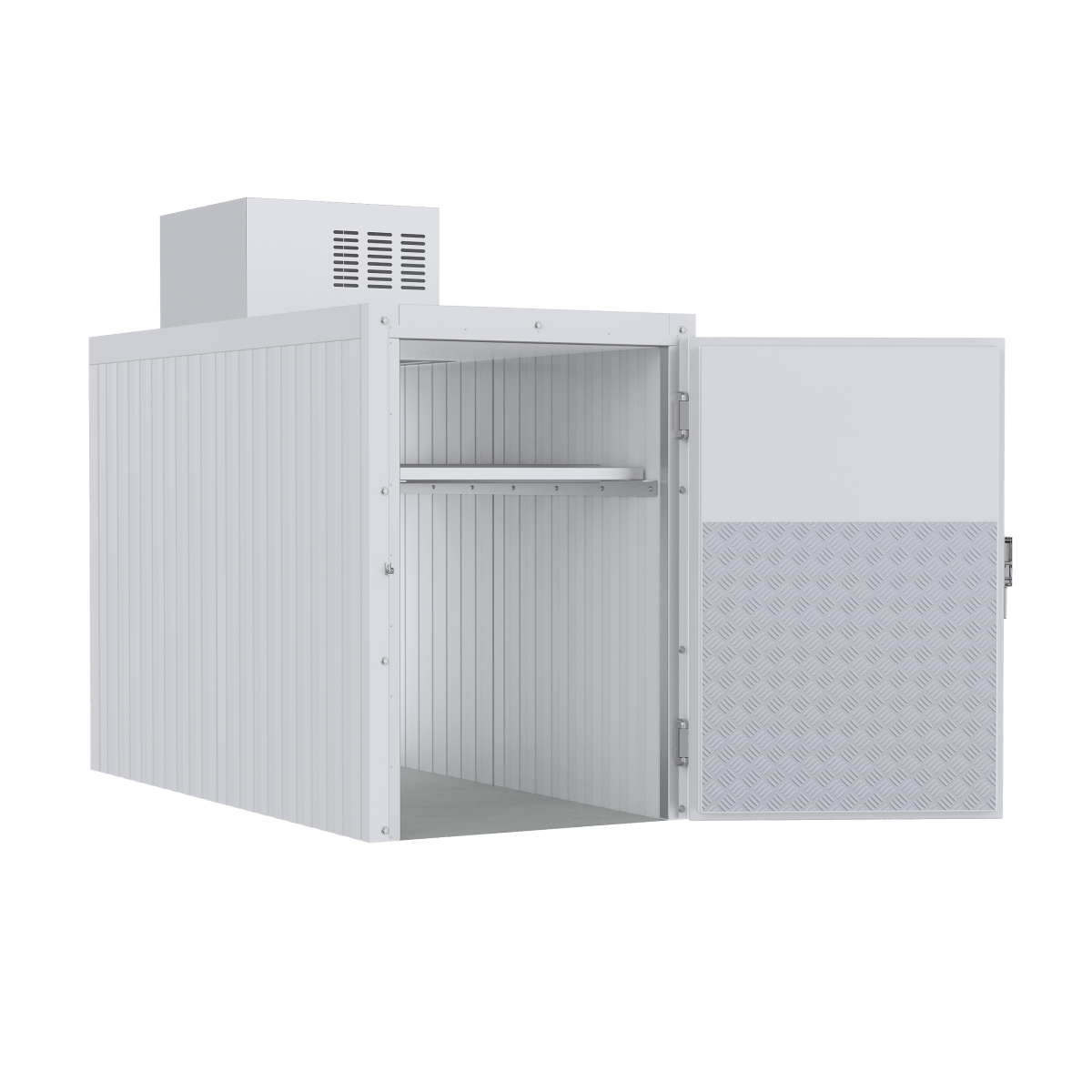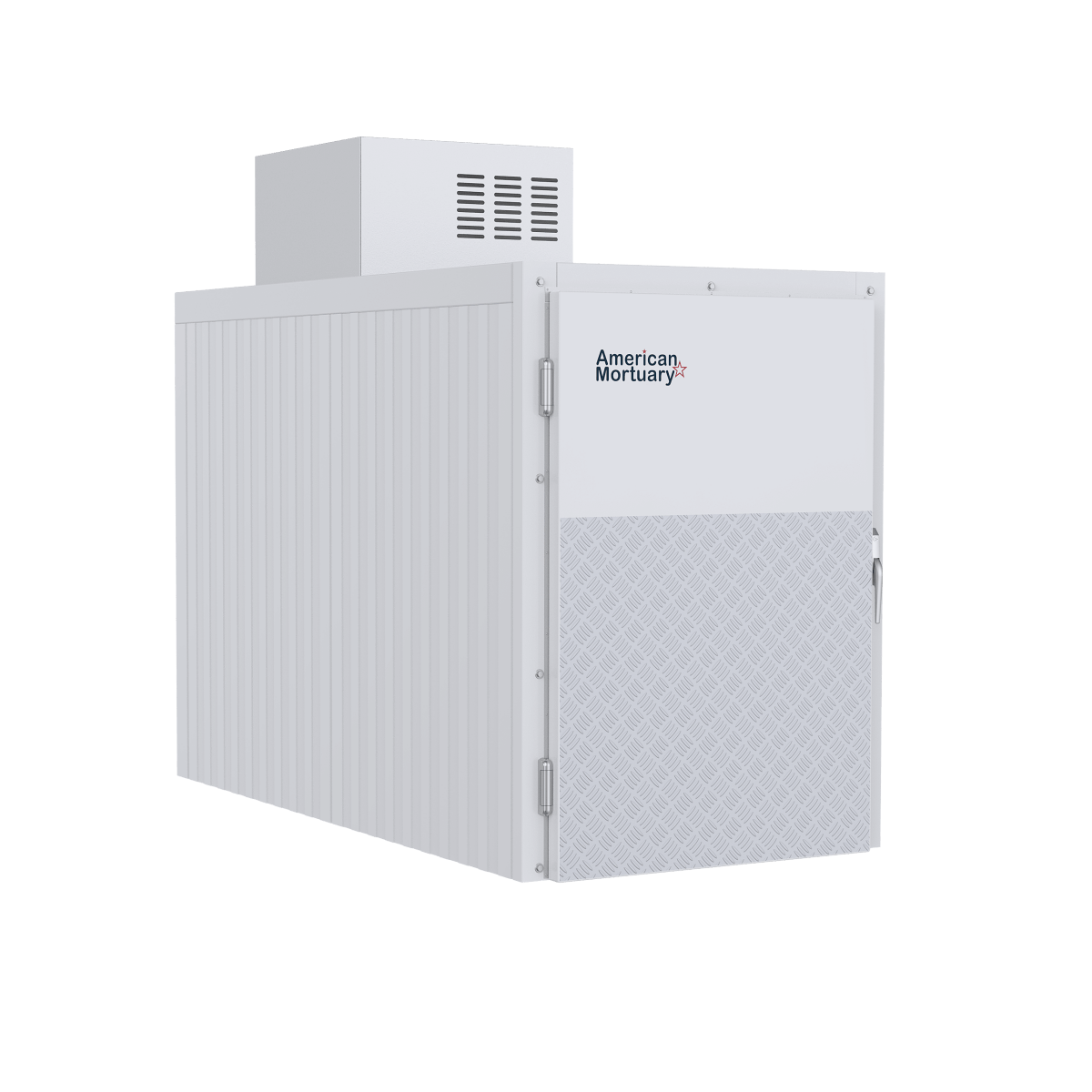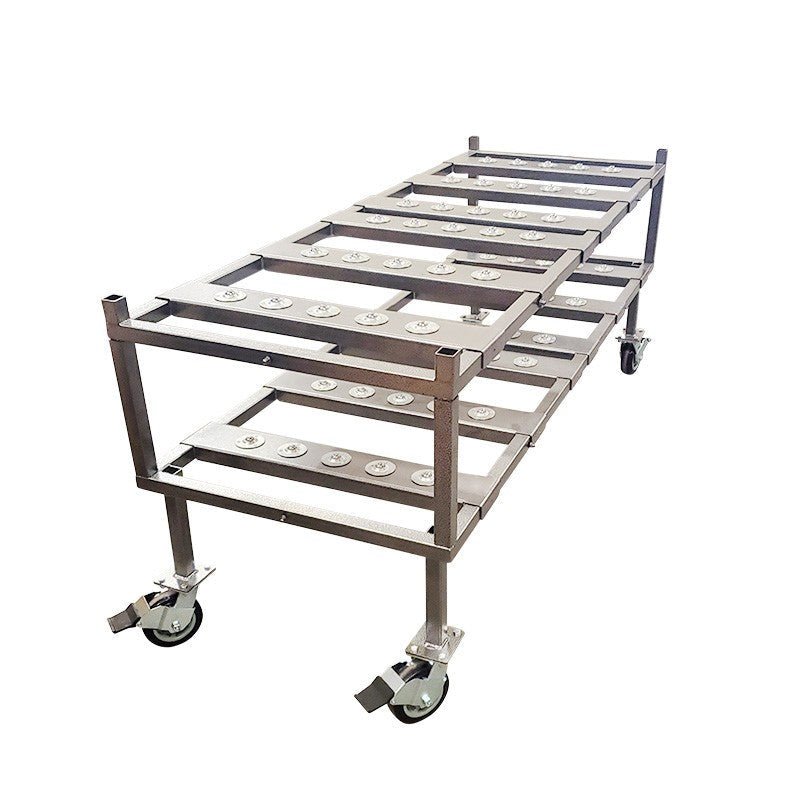The Growing Importance of Pet Aftercare Equipment
When we lose a furry family member, having a meaningful way to say goodbye matters deeply. That's why pet cremation equipment has become so essential in today's world where pets are truly part of our families.
These specialized machines are designed with both efficiency and respect in mind. If you're considering this service for your business, here's a quick overview of what's available:
| Equipment Type | Description | Typical Capacity | Best For |
|---|---|---|---|
| Single-chamber cremators | Basic units with one combustion area | 100-200 lbs | Small veterinary clinics |
| Multi-chamber systems | Multiple separate chambers for individual cremations | Up to 8 separate chambers | Mid-size pet cremation services |
| Bulk/continuous systems | Large capacity for multiple pets | 500-2,000 lbs | High-volume facilities |
| Cremulators | Process bone fragments into fine ash | Varies by model | All cremation facilities |
The relationship between pets and their humans has profoundly changed over the years. What was once simply "owning a pet" has evolved into something much deeper for most families. This shift has transformed how we approach end-of-life care for our beloved companions.
When families face the heartbreaking loss of a pet, many now seek cremation as a dignified option that allows them to keep their pet's memory close. Some choose to scatter ashes in a favorite park, while others keep custom urns at home – all part of the healing process that modern pet aftercare supports.
Today's pet cremation equipment ranges from intimate single units perfect for small veterinary practices (handling about 7 pets daily) to sophisticated multi-chamber systems that can process over 60 cremations per day. Each system balances technical efficiency with the gentle, respectful handling that grieving pet parents deserve.
What's driving this growing market? It's a combination of deeper human-animal bonds, environmental awareness, and changing cultural attitudes. With an estimated 34 million pets in the UK alone (and many more across the US), the need for compassionate aftercare options continues to grow year after year.
I'm with American Mortuary Coolers, and we've helped countless veterinary clinics and dedicated pet crematories select the right equipment for their unique needs. From busy urban practices to quiet rural facilities, we understand that choosing the right equipment is both a business decision and an extension of your compassion for clients during difficult times.

Why This Guide Matters
The surge in demand for pet cremation services has created wonderful opportunities for veterinary practices, animal shelters, and dedicated pet crematories. But let's be honest – navigating cremation equipment can feel overwhelming, especially if this is new territory for your business.
Whether you're a vet looking to expand your practice's services or an entrepreneur starting a dedicated facility, choosing the right pet cremation equipment is crucial. The wrong choice might lead to operational headaches, regulatory issues, or – most importantly – disappointing families during their time of need.
Here at American Mortuary Coolers, we've guided businesses from New York to Los Angeles, Chicago to Dallas, and everywhere in between. We've seen how the right equipment not only creates efficiency but also helps you provide the compassionate service that grieving pet parents remember forever.
This guide represents our commitment to helping you understand your options clearly. After all, this investment isn't just about equipment – it's about giving families the closure and comfort they need when saying goodbye to a beloved four-legged family member.
Pet Cremation Equipment 101
Let's talk about what makes up pet cremation equipment – the heart and soul of any pet aftercare service. Think of these systems as specialized tools designed with one purpose: to help grieving pet parents say goodbye with dignity and respect.
At its core, pet cremation equipment consists of several key components working in harmony. The cremation chamber (or primary chamber) is where your client's beloved pet is placed, with temperatures reaching between 1,000-1,600°F. This chamber connects to an afterburner (secondary chamber) that processes gases and particles at even higher temperatures – typically 1,400-1,800°F – ensuring complete combustion and minimal emissions.
Modern systems feature sophisticated control panels with user-friendly touchscreens. These Programmable Logic Controllers (PLCs) are like the brains of the operation, automating the entire process based on parameters you set – such as the pet's weight and desired cremation time.

Behind all this technology is a simple but profound principle: controlled thermal decomposition. The equipment uses carefully managed heat to reduce organic matter to its basic elements, primarily carbon in the form of ash. This isn't just about the science, though – it's about creating a respectful transition for a family's cherished companion.
Today's pet cremation equipment features sophisticated heat profiles that adjust throughout the cremation cycle, optimizing both efficiency and environmental responsibility. Whether powered by natural gas, propane, or electricity, each system offers different advantages depending on your facility's needs and location.
How Pet Cremation Equipment Works Step-by-Step
The journey through the cremation process helps illustrate what quality equipment should deliver:
The process begins with loading, where the pet's remains are gently placed in the primary chamber. Many modern systems feature ergonomic front-loading designs that allow a single operator to manage this step with dignity and care.
Once loaded, primary combustion begins. The chamber maintains temperatures between 1,000-1,600°F, initiating the thermal decomposition process. Gases and particles then flow into the afterburner for secondary combustion at even higher temperatures (1,400-1,800°F), ensuring complete processing of volatile compounds and significantly reducing emissions.
Throughout this process, the PLC system continuously monitors and adjusts temperatures, airflow, and retention times. Some advanced systems, like those from leading manufacturers, can operate continuously without cool-downs between cycles – a real efficiency boost for busier facilities.
After cremation completes, a cooling period follows before the remains can be safely handled. The cremated remains, consisting primarily of bone fragments, are then carefully collected from the chamber.
The final technical step involves transferring these bone fragments to a cremulator for processing into the fine ash that families expect when receiving their pet's remains. From start to finish, the entire process typically takes between 60-120 minutes, depending on the pet's size and the equipment's capacity.
Anatomy of a Cremulator
While often overlooked in discussions about pet cremation equipment, the cremulator plays a vital role in creating the final memorial that families will treasure. As The Guardian noted back in 1989, "A machine called a cremulator reduces the fragments of bone to a fine ash."
At its heart, a cremulator contains a stainless steel processing chamber where bone fragments are placed after cremation. Inside, high-speed stainless steel blades or grinding surfaces gently transform these fragments into fine, consistent ash. Operators can adjust the processing time using simple controls to achieve the perfect consistency.
What makes cremulators special is their design specifically for handling cremated bone fragments. These fragments remain after organic material has been consumed during cremation – they're brittle but require specialized equipment to achieve the powder-like consistency that provides comfort to grieving pet parents.
Though it represents the final technical step in the process, the cremulator's role is anything but minor. The quality of processed ash directly impacts the emotional experience when a family receives their pet's remains – making this equipment an essential part of providing truly compassionate aftercare services.
For more detailed information about cremulators and their function, you can visit the Wiktionary definition of cremulator.
Comparing System Configurations
When shopping for pet cremation equipment, you'll quickly find there's no one-size-fits-all solution. Think of it like choosing the right vehicle – a compact car works for some, while others need a heavy-duty truck. Let's explore the options to help you find your perfect match.
Single-Chamber Systems
Single-chamber cremators are the compact cars of the cremation world – straightforward, efficient, and perfect for smaller operations. These basic units feature one combustion area and work beautifully for small veterinary clinics or practices just starting their cremation services.
If you're handling around 1-7 pets daily, something like the PET-200 model from Addfield might be just right for your needs. These units take up minimal space while still providing dignified, individual pet cremation services.
Multi-Chamber Systems
Multi-chamber systems are like the SUVs of pet cremation – versatile, efficient, and capable of handling multiple tasks simultaneously. With several separate cremation chambers housed in one unit, you can perform multiple individual cremations at the same time.
The beauty of these systems is the complete separation between chambers. As B&L Cremation Systems highlights with their M-series (M3, M4, M5, etc.), you can run 3 to 10 simultaneous cremations without any risk of remains mixing together – something pet parents deeply appreciate. Plus, you'll enjoy better fuel efficiency compared to running multiple single units.
Batch vs. Continuous Processing
Think of batch processing as making one pancake at a time – you complete the entire cooking process before starting the next one. This traditional approach works well for smaller operations, but it means waiting for the full cycle to finish before loading new remains.
Continuous processing, on the other hand, is like having a pancake assembly line. You can keep loading new remains while others are still processing – significantly boosting your throughput. Keller Manufacturing's systems feature this continuous operation capability with no cool-downs needed between cycles, making them ideal for busier facilities handling dozens of pets daily.
Hot Hearth vs. Cold Hearth
The hearth (floor) of your cremation chamber significantly impacts performance. Hot hearth systems feature a heated floor that provides more complete combustion, reducing both cremation time and fuel consumption. Matthews Cremation Systems proudly promotes their hot-hearth technology as "the ultimate in performance and efficiency."
Cold hearth systems come with a simpler design and generally lower initial cost, but may require longer cremation times. For many smaller operations, the trade-off is worth considering.
Expandable Modular Systems
Starting small but have big dreams? Expandable modular systems grow with your business. Companies like Matthews Pet Cremation Systems offer equipment that allows you to begin with a modest investment and add additional chambers as your client base expands.
These systems are like building blocks – start with what you need today, knowing you can easily add on tomorrow without disrupting your operations or retraining staff.
| System Type | Typical Capacity | Cycle Time | Best For | Approximate Daily Volume |
|---|---|---|---|---|
| Single Chamber | 100-200 lbs | 60-120 min | Small clinics | 1-7 pets/day |
| Multi-Chamber (3) | 300-600 lbs total | 60-120 min | Mid-size facilities | 15-30 pets/day |
| Multi-Chamber (4+) | 500-1000+ lbs total | 60-120 min | Large operations | 30-60+ pets/day |
| Bulk/Continuous | 500-2,000 lbs | Continuous | High-volume facilities | 60+ pets/day |
| Large Animal | 1,500-2,000 lbs | 120-240 min | Equine/livestock | 1-3 large animals/day |
Choosing the Right Type of Pet Cremation Equipment
Selecting your ideal pet cremation equipment is a bit like matchmaking – it's all about finding the perfect fit for your specific needs.
Throughput requirements should top your consideration list. Be realistic about your daily volume – how many furry friends will you be helping on an average day? Are they primarily small pets like hamsters and cats, or do you serve areas with larger breeds? B&L Cremation Systems offers options ranging from their BLP 100 (handling 100 pounds) all the way up to the BLP 2000 for equine operations.
Consider what services you'll offer. Individual cremation returns one pet's ashes to their family, while partitioned cremation allows multiple pets with separated remains, and communal cremation processes multiple pets together with no ash return. Multi-chamber units like B&L's M3-M10 series support 3 to 10 simultaneous individual cremations, keeping each pet's journey separate and dignified.
Don't forget about your facility size and layout. Measure your available floor space, ceiling height, and doorway widths before falling in love with any particular model. Nothing's more frustrating than purchasing equipment that won't fit through your door!
Your available power and fuel sources matter too. Options typically include natural gas, propane, electricity, or oil. As one Firelake Manufacturing customer shared, "We purchased Firelake's P16-SC4 crematory that operates on natural gas and it has cut our fuel bill in half. It is clean burn that is undetectable from our area neighbors."
Finally, research your local regulatory requirements carefully. Emissions standards, zoning restrictions, and permitting requirements vary widely by location. Quality manufacturers like Addfield ensure their equipment carries appropriate approvals (such as DEFRA in the UK) and complies with regulations like EU Animal By-Products Regulation (EC) No 1069/2009.
Here at American Mortuary Coolers, we've helped countless clients from Maine to California find their perfect equipment match. We understand that behind every technical specification is a business serving families during their most emotional moments – and that's a responsibility we take seriously.
Features, Accessories & Technology Upgrades
Modern pet cremation equipment has come a long way from the basic units of the past. Today's systems blend efficiency with respectful handling through thoughtful features that make a real difference in daily operations.
Advanced Features Worth Considering
When you're investing in cremation equipment, certain features can dramatically improve your operation's efficiency and your clients' experience.
Hot-hearth technology represents one of the most impactful advances in recent years. These systems feature heated floors in the cremation chamber that ensure more complete combustion while reducing both cremation time and fuel costs. This technology is particularly valuable for high-volume operationsas Cremation Systems points out, their "recessed hot hearth design accommodates large cases, greater than 750 lbs, with automatic weight-based operation."
Another game-changer is oxygen monitoring and control. These systems continuously measure oxygen levels in the chamber and automatically adjust airflow for perfect combustion. The result? Lower fuel bills and minimal emissionssomething your neighbors (and local regulators) will appreciate.
For tech-savvy operators, remote diagnostics capabilities have transformed maintenance and support. When issues arise, technicians can often diagnose problems without visiting your facility, saving you downtime and service fees. Some systems even allow software updates to happen remotely, keeping your equipment running at peak performance with minimal interruption.
Pollution control chambers provide peace of mind by ensuring complete combustion of gases, eliminating visible smoke and odor. This feature isn't just about meeting regulationsit's about being a good neighbor and responsible business owner in your community.
Busy facilities benefit tremendously from automation features like weight-based operation, preset programs for different pet sizes, automatic cool-down cycles, and one-touch start functions. These improvements allow your staff to focus on client care rather than equipment management.

Essential Accessories for Pet Cremation Equipment
The right accessories transform your cremation equipment from a standalone machine into a complete operational system.
Loading and handling tools make a world of difference in daily operations. Urn loaders, transfer pans, and repositioning tools allow your team to safely handle remains with dignity while protecting themselves from heat and strain. These seemingly simple tools can prevent workplace injuries and ensure each pet is handled with appropriate care.
For facilities offering individual cremations, separation systems are absolutely essential. Divider pans and animal separation trays let you maximize efficiency while maintaining the integrity of each pet's remains. As Firelake Manufacturing notes, these accessories can "cut operating cost in half or more" by allowing multiple pets to be cremated while keeping remains separateda win for both your bottom line and your commitment to clients.
The cremation process doesn't end when the chamber cools. Ash processing tools like cooling racks, hand magnets (for removing surgical implants), and specialized collection pans ensure the final remains are prepared with care and respect before being returned to families.
At American Mortuary Coolers, we understand that proper refrigeration is an often-overlooked component of a complete pet cremation system. Our custom refrigeration solutions preserve remains prior to cremation, allowing flexible scheduling and maintaining dignity throughout the process. This is especially valuable during busy periods or when families request delayed cremation for personal reasons.
Don't forget about maintenance and cleaning equipment. Chamber clean-out tools, thermocouple replacements, and operator log books might not be glamorous, but they're essential for keeping your equipment running smoothly year after year.
Memorialization Products That Boost Revenue
Offering memorialization products alongside your cremation services isn't just good businessit's providing families with meaningful ways to honor their beloved companions.
Beautiful pet urns come in countless styles to match any home d e9cor or personal preference. From traditional ceramic vessels to biodegradable options for eco-conscious clients, the right selection gives families choices that reflect their pet's personality and their own values. Customizable urns featuring photos or engravings add another layer of personalization that many families deeply appreciate.
Memorial jewelry has become increasingly popular, allowing pet parents to keep a small portion of their companion close to their heart. Pendants that hold cremated remains, paw print impressions in precious metals, and engraved memorial tags create lasting connections that bring comfort during grief.
There's something profoundly moving about a paw print memorial. Whether created in clay, plaster, or as part of jewelry, these tactile remembrances capture something uniquely personal about each pet. Many families treasure these impressions as one of their most meaningful keepsakes.
For those who find solace in nature, garden memorials offer beautiful outdoor remembrance options. Memorial stones, living memorials like plants or trees with markers, and weather-resistant outdoor urns help create peaceful spaces for reflection and remembrance.
As industry leaders wisely note, these personalized memorial products "add value and meaning for pet owners" while creating additional revenue streams for your business. It's a rare opportunity where doing well and doing good align perfectly.
To explore a range of memorial products that can complement your cremation services, reach out to the team at American Mortuary Coolers or visit our online catalog.
For more insights into pet cremation options and memorialization, visit our blog post on Honoring Pets: Insights Into Cremation Options.
Costs, Regulations & Profitability Insights
Let's talk dollars and sense about pet cremation equipment. I've helped dozens of business owners across America steer this investment, and I can tell you it's both a financial commitment and an emotional service that can truly reward your business.
Capital Investment and Installation
When you're ready to take the plunge, be prepared for an investment that varies based on what you need:
Small, single-chamber units typically run $20,000-$30,000, while mid-size multi-chamber systems jump to $40,000-$80,000. If you're looking at large-capacity or custom systems, you're looking at $80,000-$150,000+.
But that's not the whole story. Installation brings its own costs site prep work, connecting utilities, securing permits, and training your team. One of our clients who chose a Firelake Manufacturing A-series pet cremator shared that with DIY/local installation, they spent about $21,700 upfront with installation costs spreading to roughly $600 per year over 5 years.
Think of it like building a home the purchase price is just the beginning of the journey.
Ongoing Operational Costs
Once you're up and running, pet cremation equipment requires ongoing investment in several areas:
Fuel consumption varies dramatically depending on your choice. Natural gas tends to be the most wallet-friendly where available, while propane costs more but works great in rural areas where natural gas lines don't reach. Electricity comes with a higher operational price tag but offers cleaner emissions, and oil is an option in some regions though less common these days.
Maintenance and service is non-negotiable for quality operation. You'll need annual evaluations, occasional refractory repairs, regular burner tune-ups, and control system updates to keep everything running smoothly. Just like your car needs more than gas to keep running, your cremation equipment needs regular TLC.
Labor costs include not just hourly operational staff but also training, certification, and administrative support. One owner in our Nashville service area told me, "I didn't budget enough for proper training initially that was a mistake I quickly corrected."

Regulatory Compliance
I can't stress this enough compliance isn't optional. Your pet cremation equipment must meet various standards:
Environmental regulations include EPA 40 CFR 60 in the US, EU Animal By-Products Regulation (EC) No 1069/2009 in Europe, plus state and local air quality permits and opacity limits. These rules ensure you're not releasing harmful emissions into your community.
Safety standards like Underwriters Laboratories (UL) listing, local fire codes, and occupational safety requirements protect both your team and your facility. The equipment manufacturers we partner with emphasize meeting or exceeding these standards. U.S. Cremation Equipment, for instance, proudly notes that "their cremators and equipment are listed by Underwriters Laboratories, Inc."
Industry certifications from organizations like the Cremation Association of North America (CANA) add another layer of credibility to your operation. We've helped clients from Florida to Washington State steer these complex requirements.
Crunching the Numbers
Let me walk you through a real-world example based on cost analyses we've seen in the field:
Starting with a $21,700 unit price and $600 yearly installation costs (over 5 years), the annual equipment payment comes to $4,940. If you perform just 264 cremations per year (about one daily), charging $180 each, you'll generate $47,520 in annual revenue.
Your operating costs will include roughly $6,336 for fuel and $15,312 for electricity, maintenance, and labor totaling $21,648 annually. After subtracting operating costs and equipment payments from your revenue, you're looking at an annual net profit of $20,932.
That means you could potentially pay off your equipment in five years while maintaining healthy profits. Even better, using animal separation trays to process multiple pets per load can slash your operating costs by half or more. One of our Texas clients told me, "Adding separation trays doubled our capacity without doubling our costs it was a game-changer."
Environmental & Regulatory Checklist
When we help clients set up their cremation operations, we make sure they check all these boxes:
For emissions compliance, you'll need to meet particulate matter limits, carbon monoxide restrictions, visible emissions standards, and possibly undergo stack testing requirements. These vary by location, but we help you understand exactly what applies to your situation.
Operational parameters include maintaining minimum secondary chamber temperature (typically 1400 b0F/760 b0C), ensuring proper retention time (typically 1-2 seconds in secondary chamber), adhering to maximum load size restrictions, and following proper cool-down procedures.
Record-keeping requirements aren't glamorous but are absolutely essential operating temperature logs, maintenance records, cremation identification tracking, and emissions testing documentation. One client in Chicago told me, "The logbooks saved us during an unexpected inspection."
Finally, operator certification through CANA programs, manufacturer training, local health department requirements, and continuing education ensures your team knows exactly what they're doing.
At American Mortuary Coolers, we've guided businesses from coast to coast through these requirements. We believe in making compliance straightforward so you can focus on providing compassionate service to pet owners during their time of need.
From Supplier Selection to Launching Your Pet Crematory
Choosing the right partner for your pet cremation equipment is just as crucial as selecting the equipment itself. Your manufacturer relationship will impact everything from your initial purchase to daily operations through their training, support, and service capabilities.
Key Manufacturers to Consider
The marketplace offers several established manufacturers, each bringing something special to the table. Matthews Cremation Systems provides exceptional rangeoffering everything from small individual units to specialized large-animal cremators for horses or cattle. If you're interested in running multiple private cremations simultaneously, B&L Cremation Systems stands out with their innovative multi-chamber designs that prevent any co-mingling of remains.
Addfield has impressive global reach with distribution in over 150 countries and models handling anywhere from 7 to 60 pets daily. For those focused on quick return on investment, Firelake Manufacturing provides detailed profitability analyses alongside their equipment offerings. U.S. Cremation Equipment features UL-listed systems and serves both American and international clients.
And of course, at American Mortuary Coolers, we pride ourselves on delivering comprehensive solutions that go beyond just equipment. We help with selection, provide installation support, and can create custom refrigeration solutions through our nationwide service network.
Training Programs and Support
The best manufacturers don't just drop off equipment and disappear. They offer thorough training programs covering essential aspects of your operation:
When you partner with quality suppliers, you'll receive training on equipment operation and maintenance fundamentals, regulatory compliance guidance to keep you within legal boundaries, business operations advice to maximize efficiency, and customer service best practices to help you support grieving pet owners.
FC Industries, for example, offers a one-day Certified Pet Crematory Operator training that covers both combustion theory and safe operator practicesgiving your team the knowledge they need to operate confidently from day one.
Site Preparation and Installation
Proper installation forms the foundation of equipment performance and compliance. Your facility needs adequate floor space with appropriate load-bearing capacity for these substantial machines. Proper ventilation and stack installation are non-negotiable for safe operation. You'll need appropriate utility connections for gas, electricity, and water, plus thoughtful planning for accessibility during loading and maintenance.
As one manufacturer we researched proudly states, "Installation of heavy equipment (trucking, cranes, rigging, permits) is the company's specialty and passion: 'This is what we do and we love doing it.'" This enthusiasm makes a difference when you're setting up complex equipment.

Human vs. Pet Cremation Equipment: Key Differences
While they share basic functioning principles, human and pet cremation systems differ in important ways that affect your business decisions:
Capacity and Sizing considerations vary significantlypet systems typically offer more flexible sizing options while human systems generally start at larger minimum capacities. The multi-chamber options common in pet cremation are rarely found in human systems.
From a Regulatory Classification standpoint, human cremation faces more rigorous oversight, while pet cremation may have different zoning requirements and emission standards.
Design Features reflect different prioritiespet systems often accommodate multiple simultaneous cremations with versatile loading configurations, while human systems focus primarily on individual dignity and processing.
Finally, Cost Considerations generally favor pet cremation equipment, with lower initial investment requirements and potentially reduced operating costs due to less stringent regulatory requirements.
Customizing Pet Cremation Equipment for Your Niche
Today's pet cremation equipment offers numerous ways to tailor systems to your specific business needs:
You can personalize the exterior appearance with custom color skins and finishes that match your brand identity, add custom signage, or include weather protection for outdoor installations.
The chamber configuration can be customized with sizes specific to the animals you'll servewhether that's small pets, exotic animals, or specialized equine options. You can also arrange multiple chambers based on your operational workflow.
Fuel type selection provides flexibilitychoose from natural gas, propane, oil, or electric options based on what's available and economical in your area. Some systems even offer dual-fuel capabilities for operational flexibility.
Modern control system integration options include network connectivity for remote monitoring, integration with your business management software, and custom reporting systems to track operations.
Finally, specialized features like partition kits for separating remains, custom loading systems for your facility layout, or specialized ventilation solutions can make daily operations smoother and more efficient.
For a comprehensive look at available equipment options, contact American Mortuary Coolers to request our latest catalog.
Startup Roadmap
Launching a successful pet cremation business involves several key steps that build upon each other:
Start with thorough business planningresearch your market to understand local demand, define exactly which services you'll offer, develop a solid pricing strategy, and create detailed financial projections to secure funding.
Next tackle permitting and complianceobtain zoning approval, secure necessary environmental permits, get health department clearances, and acquire all required business licenses. This step often takes longer than expected, so start early!
The equipment selection and installation phase includes site preparation, coordinating equipment delivery and installation, setting up utility connections, and conducting initial testing and certification of your systems.
Don't overlook staff trainingyour team needs thorough instruction on equipment operation, safety procedures, customer service protocols, and regulatory compliance requirements.
Finally, focus on marketing and launch activitiescreate your website and online presence, develop veterinary partnerships, conduct community outreach, and plan grand opening promotions to announce your services.
As our research indicates, with proper planning and quality equipment, "a pet cremation business can be profitable within 12 months, supported by strong market growth and a large pet population." This promising timeline makes pet cremation an attractive business opportunity for those with passion for helping pet owners through difficult times.
For more comprehensive guidance on starting your pet cremation business, check out our detailed guide: From Paws to Peace: A Guide to Pet Cremation Equipment.
Frequently Asked Questions about Pet Cremation Equipment
What size cremator do I need for my clinic?
Choosing the right size cremator isn't just about today's needs—it's about setting your business up for success both now and in the future.
The perfect size depends on a few key factors that are unique to your operation. First, think about your daily volume. If you're a smaller clinic handling just a handful of beloved pets each day (say 1-7), a compact model like the PET-200 might be your perfect match. But if your facility is busier with 30+ pets needing your care daily, you'll want to look at more robust systems like the A50-IC(2) or A50-IC(4).
The types of pets you typically serve matters too. If your practice primarily cares for smaller companions like cats and small dogs, you won't need as much capacity as a clinic that regularly handles larger breeds or occasionally serves farm animals.
Here's a practical example to help you think through the numbers:
- If your average pet weighs about 30 pounds
- And you typically handle 5 pets daily
- You're processing roughly 150 pounds total each day
- A system with at least 200 pounds capacity would give you the breathing room you need for larger pets and future growth
It's always better to have a bit of extra capacity than to find yourself limited. As one of our clients wisely put it, "I wish I'd gone one size up from the start—we grew faster than I expected!"
How often does the equipment require maintenance?
Just like your car needs regular oil changes, your pet cremation equipment needs consistent care to run smoothly and last for years to come.
The maintenance rhythm typically follows daily, monthly, and annual cycles—each playing an important role in keeping your system running at its best.
On a daily basis, you'll want to spend a few minutes checking your chamber for cleanliness, making sure your ash removal system is working properly, and verifying that all control systems are functioning as they should. These quick checks take just minutes but can prevent hours of downtime later.
Monthly maintenance gets a bit more involved. This is when you'll want to inspect your burner for any issues, check those door seals that keep everything secure, and monitor emissions to ensure you're meeting all requirements. One of our clients in Chicago keeps a monthly maintenance calendar with reminder alerts—simple but effective!
The annual check-up is the big one. This is when you'll want to schedule a comprehensive burner tune-up, carefully inspect the refractory material for any wear and tear, update your control systems if needed, and conduct thorough emissions testing. Many of our customers across the country find that scheduling this annual maintenance during their slowest season makes the most sense.
Most manufacturers recommend an Annual Evaluation and Maintenance (AEM) program to keep everything running smoothly. With proper care, quality pet cremation equipment typically serves faithfully for about 15 years—making it a truly worthwhile investment for your business.
What makes pet cremation equipment different from human systems?
While they might seem similar at first glance, pet cremation equipment and human cremation systems have some important differences that affect everything from your initial purchase to your daily operations.
The most noticeable difference is in the size and configuration options. Pet systems offer much more variety, with capacities ranging from compact 100-pound units to hefty 2,000-pound systems for larger animals. Many pet cremators feature clever multi-chamber designs that let you perform several individual cremations at once—something you rarely see in human systems, which typically stick to standardized, larger single chambers.
The regulatory landscape differs significantly too. Human cremation faces stricter emissions standards and operating requirements, while pet cremation often enjoys more flexible zoning options. This typically means less paperwork and simpler compliance for pet cremation facilities. As one of our clients in Dallas mentioned, "The permitting process was much more straightforward than I expected."
When it comes to day-to-day operations, pet systems often include partition options that allow for multiple cremations while keeping remains separate—perfect for busy veterinary practices. Pet equipment also tends to offer more versatile loading configurations to accommodate different animal sizes and shapes.
There's good news on the cost front as well. Pet cremation equipment generally comes with a lower price tag than human cremation systems. Installation requirements tend to be less stringent, and operating costs typically run lower too. This makes entering the pet cremation business more accessible for many entrepreneurs and veterinary practices.
Finally, memorialization options tend to be more diverse with pet systems. While human cremation follows fairly standardized protocols, pet cremation often includes specialized options for different species and more creative memorialization products.
At American Mortuary Coolers, we understand these distinctions and help clients across our service regions select the perfect equipment for their specific needs, whether they're just starting out or expanding an established business.
Conclusion
The pet cremation industry continues to grow as more families seek dignified aftercare options for their beloved companions. Selecting the right pet cremation equipment is a crucial decision that impacts not only your operational efficiency but also the quality of service you provide to grieving pet owners.
When you're building a pet cremation business, there's a lot to consider - from the equipment that forms the backbone of your operation to the compassionate service you'll provide families during difficult times. Throughout this guide, we've walked through everything you need to know to make informed decisions.
The equipment you choose today will serve your business for many years to come. The right system grows with you, meets all regulatory requirements, and helps you provide the respectful service pet families deserve. Most quality pet cremation equipment has a lifespan of around 15 years when properly maintained - making this a long-term partnership rather than just a purchase.
Financial planning is critical to success in this industry. We've shown how a thoughtful approach to equipment selection can lead to profitability within the first year of operation. With proper planning and the right equipment partner, your pet cremation business can provide both meaningful services to pet owners and sustainable profits for years to come.
At American Mortuary Coolers, we understand that starting or expanding a pet cremation business can feel overwhelming. That's why we're proud to serve as a trusted partner for pet cremation businesses across our nationwide service network. Whether you're in Johnson City or Los Angeles, Chicago or Dallas, we provide custom solutions that help our clients deliver respectful, efficient pet aftercare services.
Our expertise extends beyond simply selling equipment. We help with site planning, installation support, custom refrigeration, and ongoing service - creating a true one-stop solution for your pet cremation business needs. We've helped countless businesses steer the journey from initial concept to successful operation.

The relationships you build with pet owners during their time of grief can last a lifetime. When you partner with experienced providers like American Mortuary Coolers, you can approach this important work with confidence, knowing you have the right equipment and support behind you.
To help simplify your decision-making process, we've created this helpful decision flow chart that guides you through the key considerations based on your expected volume, service offerings, and facility type:

For more information about starting or expanding your pet cremation services, we invite you to explore our comprehensive guide, From Paws to Peace: A Guide to Pet Cremation Equipment, or contact our team directly to discuss your specific needs. We're here to help you create a meaningful business that brings comfort to pet families during their most difficult moments.


